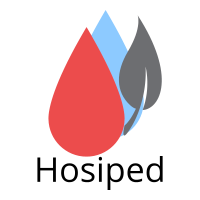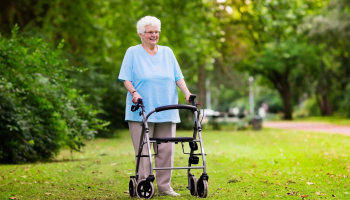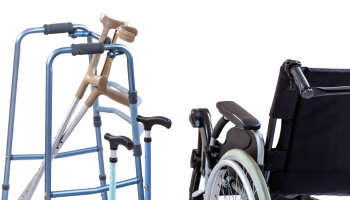Deep Brain Stimulation for Parkinson’s disease
As caregivers, we understand what PD patients long to hear-there is a cure! And so when most people hear that Deep brain stimulation (DBS) could help them, they think that it is the long-awaited cyure. While this may be a flicker of hope, it is important to get the facts right to avoid disappointment.
Is DBS for you?
DBS is not a cure for Parkinson’s disease. It is a treatment for patients whose symptoms cannot be adequately controlled by the use of medication.
According to UC San Diego Health, DBS was approved by the FDA in 1997.
People with end-stage signs of PD cannot be helped by DBS. People with dementia are also advised not to take DBS as it might affect their cognitive abilities.
- According to Parkinson.org, DBS is only done to patients who show positive signs to levodopa medication. Yes, maybe at the time you are considering DBS, your body is not responding that well to levodopa but there is still that effect you get after the drugs.
- The Michael J Fox Organization adds that you need to have had PD symptoms for the last 4 years if you are to be considered for DBS.
DBS is not for you if:
- Have Parkinson’s plus symptoms
- Have brain tumor or other damages
- Do not respond to levodopa no matter how big of a dosage you take
What is DBS?
According to the University of California there are four spots that are targeted to put in the DBS electrodes:
1.the internal segment of the globus pallidus (GPi)
2. the subthalamic nucleus (STN)
3. the pedunculopontine nucleus (PPN)
4. A subdivision of the thalamus referred to as Vim (ventro-intermediate nucleus)
Deep Brain Stimulation is a surgical operation to install a stimulator to the brain. It delivers electrical stimulation to targeted areas in the brain that control movement, blocking the abnormal nerve signals that cause Parkinson’s symptoms.
This surgery can take place in either one or two phases depending on the surgeon’s recommendation. An incision is made into the brain where the lead is placed. After about ten days, the pulse generator is implanted through an outpatient surgery. A portion of the scalp incision is then re-opened to implant the neuron stimulator. The lead is attached to an extension wire passing under the skin of the scalp.
Patients should continue with their usual dose of PD medicine until the device is programmed. This is only possible after the swelling caused by surgery has gone down. Medication will be adjusted at this stage.
Though DBS is going to better your motor movements, it could have bad effects on your gait, speech and postural dysfunction according to this study.
What happens after DBS?
The doctor schedules visits after every three weeks to adjust the stimulation settings.
Response to DBS varies among individuals. Some will exhibit reduced symptoms such as less hand tremors , less anxiety while others experience worsened speech, depression and balance impairments.
After DBS, you will still continue taking your medications but in lower amounts.
Before making the DBS decision, consult with the doctor to ensure you understand its process, opportunities it presents and the risks that may be involved.





